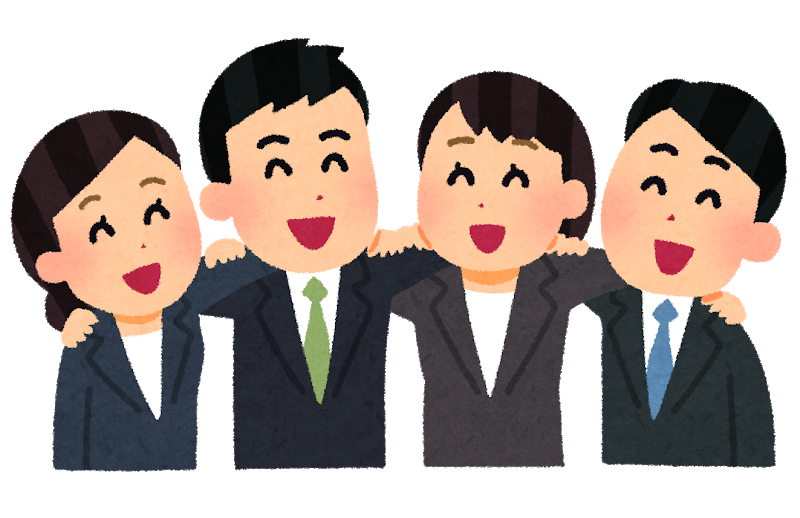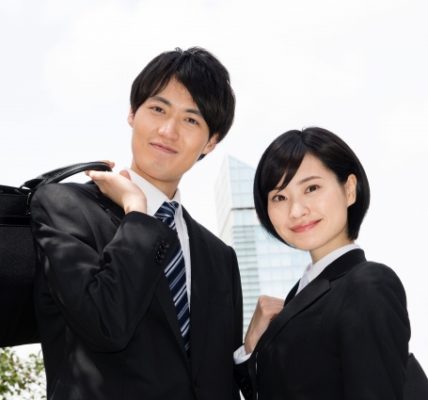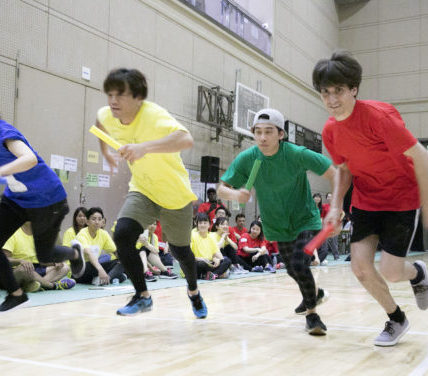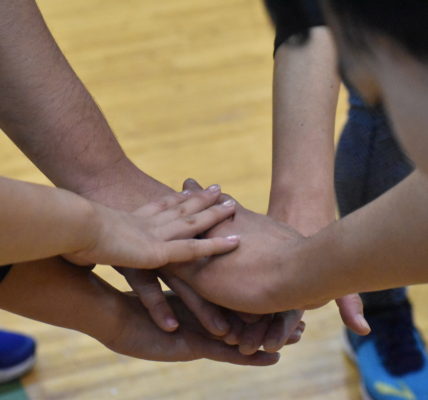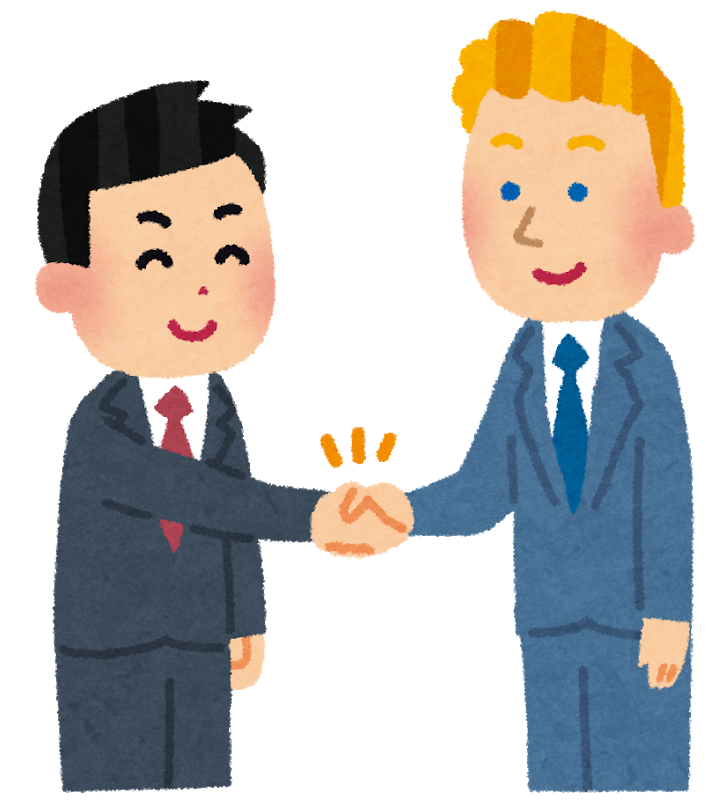
There are a lot of stereotypes that exist about American and Japanese work cultures. There are also many theories regarding which operating method seems better or more effective. However, I think it might be most beneficial to examine the pros and cons of both cultures side-by-side to better understand why they work the way they do.

American culture is individual driven. From a young age people in the United States are taught to be self- reliant and make decisions for themselves. What this often translates to as adults is an expectation for a great deal of individual responsibility in the workplace. A side effect of this is that an individual’s achievements are often valued more highly than the team’s overall contributions. One way this individualism has influenced the physical structure of workplaces in the United States is seen by a preference for cubicle-type office layouts. Cubicles and individual offices are valued in American work culture because they provide employees a quiet place to get their work done by limiting potential outside interference and distractions. However, according to Forbes, despite how unpopular they are with employees in the United States, open office floor plans actually made up 70% of all office designs in America as of 2017. One reason this might be is simply because open floor plan offices are cheaper to set up than the alternatives.
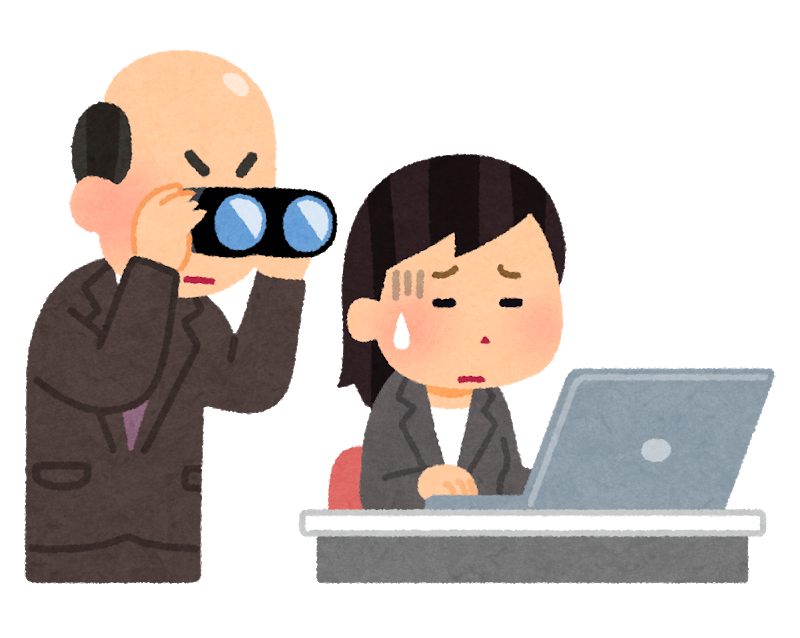
In contrast to the individual driven culture found in the west, Japan is thought to be an example of a more group oriented society. There is much debate on whether this remains true today. According to the Hofstede Insights cultural dimension theory, Japan is often perceived as being collectivist when compared to western countries, but more individualistic when compared to neighboring Asian countries. Regardless, the fact is there is still a large cultural emphasis placed on the importance of teamwork and consideration for whats best for the group found in Japan. The way this collectivist tendency manifests in the physical structure of Japanese workplaces can be found in the abundance of open office layouts. Open office layouts are favored because they are thought to better facilitate communication and teamwork in the workplace. One drawback of the open office layout is employees often feel overly exposed. This can be beneficial for a supervisor who wants to be able to easily track what their employees are doing during the day, but micromanagement like this can backfire by negatively impacting workplace morale and productivity.
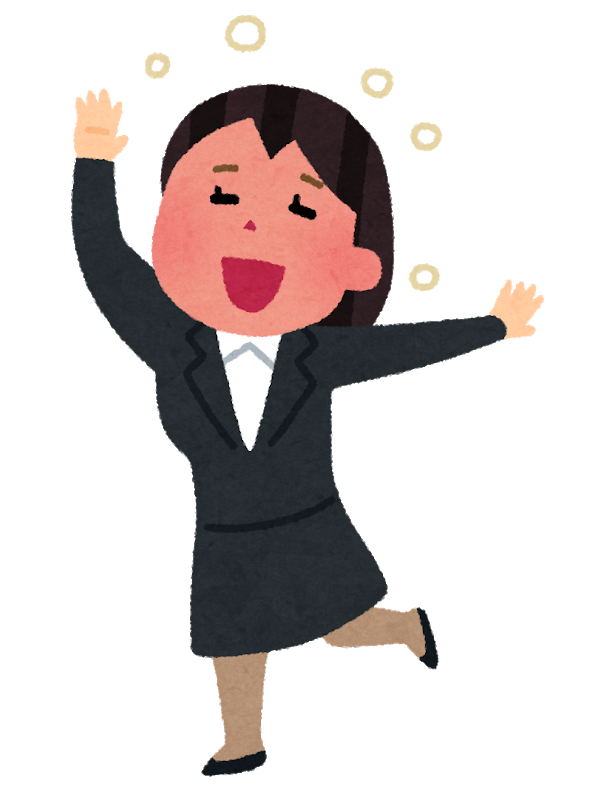
In America, the traditional work day is typically from “9-to-5” making 8 hours the standard (although this can differ a great deal depending on industry). Overtime hours in the United States are typically paid, sometimes even at a rate higher than an employee’s base salary. Companies are often reluctant to approve overtime because of the costs this accrues. I’ve personally had friends get in trouble with their supervisors for clocking in too many hours without getting permission first. By contrast, in Japan the work hours are notoriously long and overtime is often unpaid. The expectation in Japanese work culture is that you get to the office early, and you stay until all your work is done. If you have to work overtime the problem might be that perhaps you didn’t use your time during the day as effectively as you could have. Additionally, the day doesn’t end after you clock out either. In Japan there is a tradition for after hours drinking with coworkers. This is considered as a way to strengthen camaraderie and let loose after a long day in the office. In America, after hours drinking is something that I always felt should be kept private. It can feel unprofessional to drink in front of my boss or with coworkers who aren’t friends depending on the setting.

The United States is traditionally referred to as a “melting pot” of people from different ethnicities, nationalities and cultural backgrounds. It is because of this perceived diversity that the typical workplace in America is often staffed with people coming from many different cultural backgrounds. In Japan, although there is debate on the extent of how homogenous Japanese society actually is, the fact is that people who were born and raised in Japan share a common language and cultural background to an extent greater than what is found in a more culturally diverse country such as the United States.
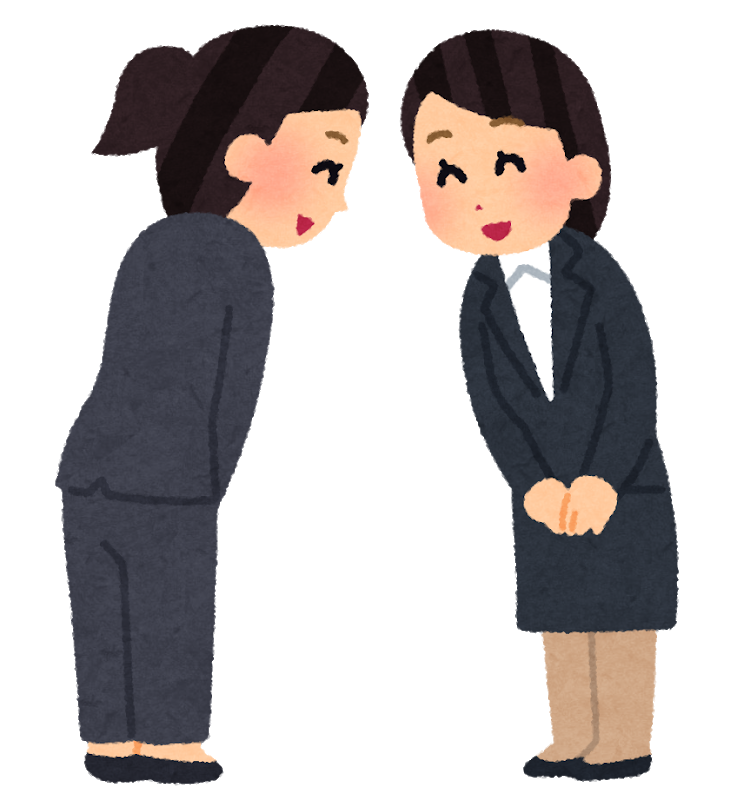
Americans are thought to be very direct when conducting business. The prevalent stereotype about Americans that I’ve encountered when abroad is that we are seen as loud and abrasive. American employees are frequently very casual with one another and refer to each other using first names. This culture of familiarity in the workplace can make a person seem more likable and personable to their clients and coworkers. However, in Japan this could be considered very rude. Coworkers are often more formal with one another when in the workplace. Additionally, they are less direct than their American counterparts when it comes to conducting business. Decision making is frequently conducted through a rigid chain of command that is determined by the hierarchy of seniority. Although this method is often considered slower and less efficient, in theory it is a much more thorough approach that leaves less room for error.
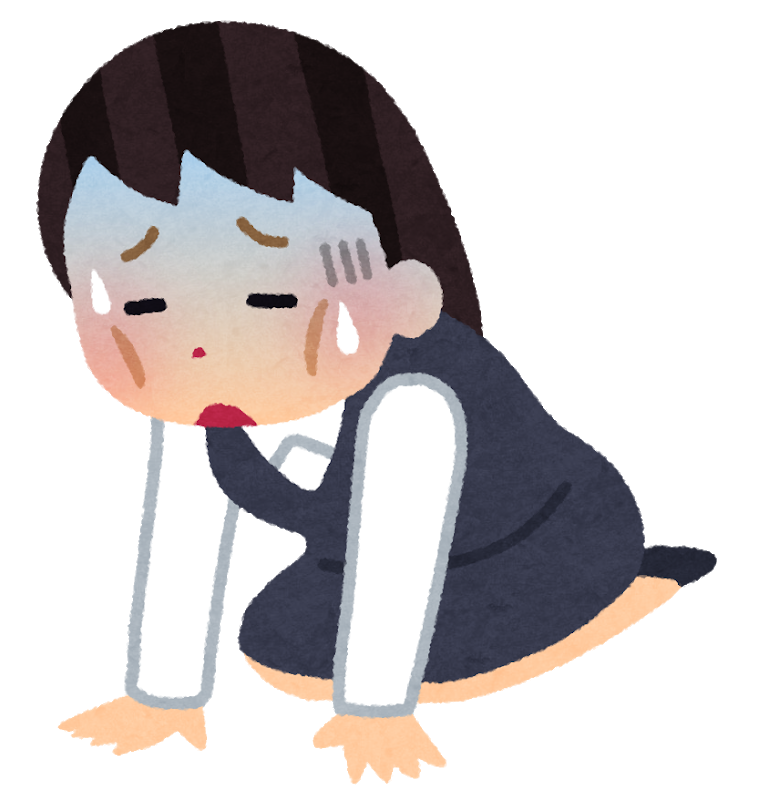
Despite the above listed differences, American and Japanese work cultures do share some commonalities. Surveys show that American and Japanese workers both don’t take enough vacation hours or breaks when compared to other developed countries. When they do take vacation, Americans have a bad habit of staying connected and continuing to check work related emails, while Japanese workers will feel guilty about the vacation hours they do take. Both cultures tend to not adequately take advantage of their time off in order to properly recharge before returning to work.
Just because a culture is different doesn’t mean it’s better or worse. There is always something that can be learned from different perspectives and approaches. There can be something said about the emphasis on personal responsibility found in American work culture, not to mention the strong culture of collaboration and teamwork prevalent in Japanese offices. It could be a good idea to adopt what works best from both cultures and merge them when possible.
